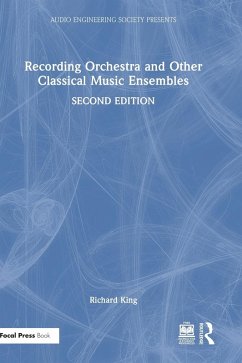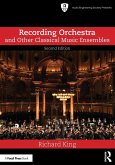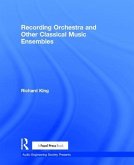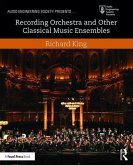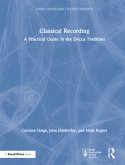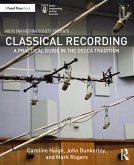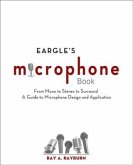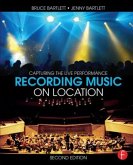Recording Orchestra and Other Classical Music Ensembles explores techniques and methodologies specific to recording classical music. Whether the reader is a newcomer or a seasoned engineer looking to refine their skills, this book speaks to all levels of expertise and covers every aspect of recording symphonic and concerto repertoire, opera, chamber music and solo piano.
With a focus on the orchestra as an instrument and sound source, Recording Orchestra and Other Classical Music Ensembles features sections on how to listen, understanding microphones, concert halls, orchestra seating arrangements, how to set up the monitoring environment and how to approach recording each section of the orchestra. Offering concise information on preparing for a recording session, the role of the producer and mixing techniques, whilst a "quick-start" reference guide with suggested setups also helps to introduce the reader to the recording process. Online Instructor and Student Resources, featuring audio and video examples of various techniques, further reinforces the concepts discussed throughout the book.
This new edition has updated and expanded material, including new chapters on classical crossover projects, film score recording and immersive/3D recording and mixing, as well as a number of new case studies, making this an essential guide for students, researchers and professionals recording classical music.
With a focus on the orchestra as an instrument and sound source, Recording Orchestra and Other Classical Music Ensembles features sections on how to listen, understanding microphones, concert halls, orchestra seating arrangements, how to set up the monitoring environment and how to approach recording each section of the orchestra. Offering concise information on preparing for a recording session, the role of the producer and mixing techniques, whilst a "quick-start" reference guide with suggested setups also helps to introduce the reader to the recording process. Online Instructor and Student Resources, featuring audio and video examples of various techniques, further reinforces the concepts discussed throughout the book.
This new edition has updated and expanded material, including new chapters on classical crossover projects, film score recording and immersive/3D recording and mixing, as well as a number of new case studies, making this an essential guide for students, researchers and professionals recording classical music.

